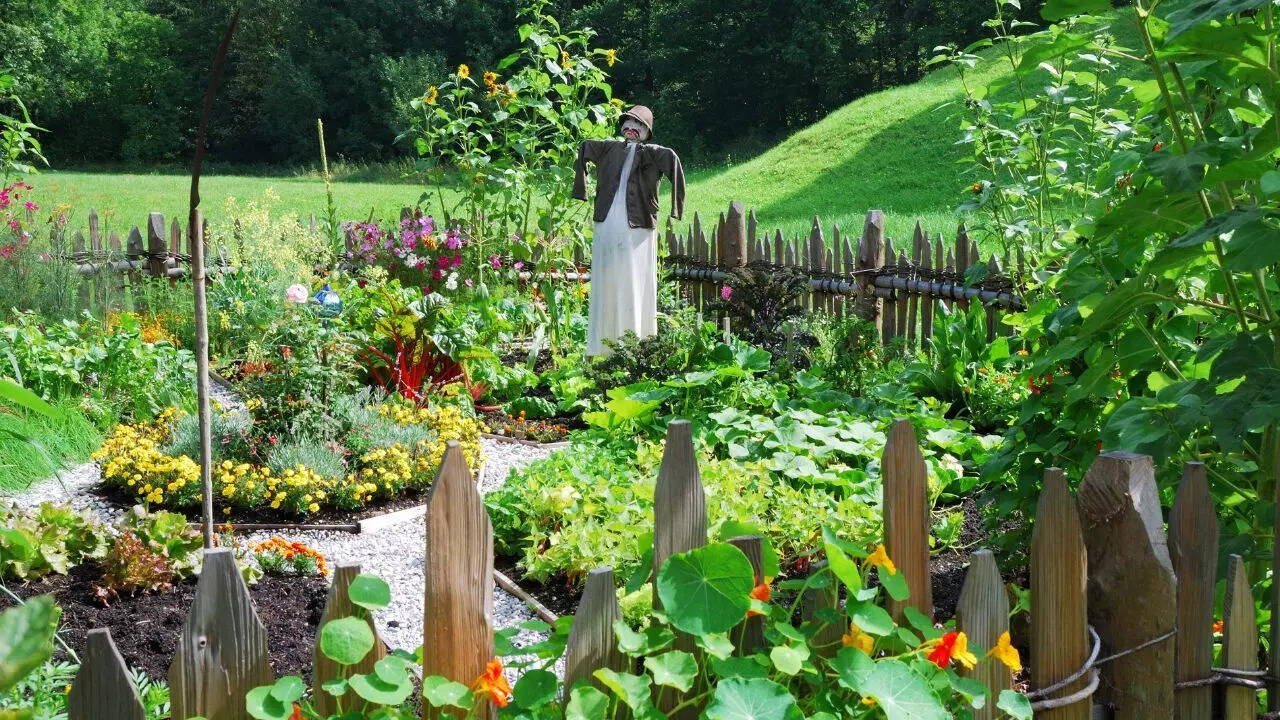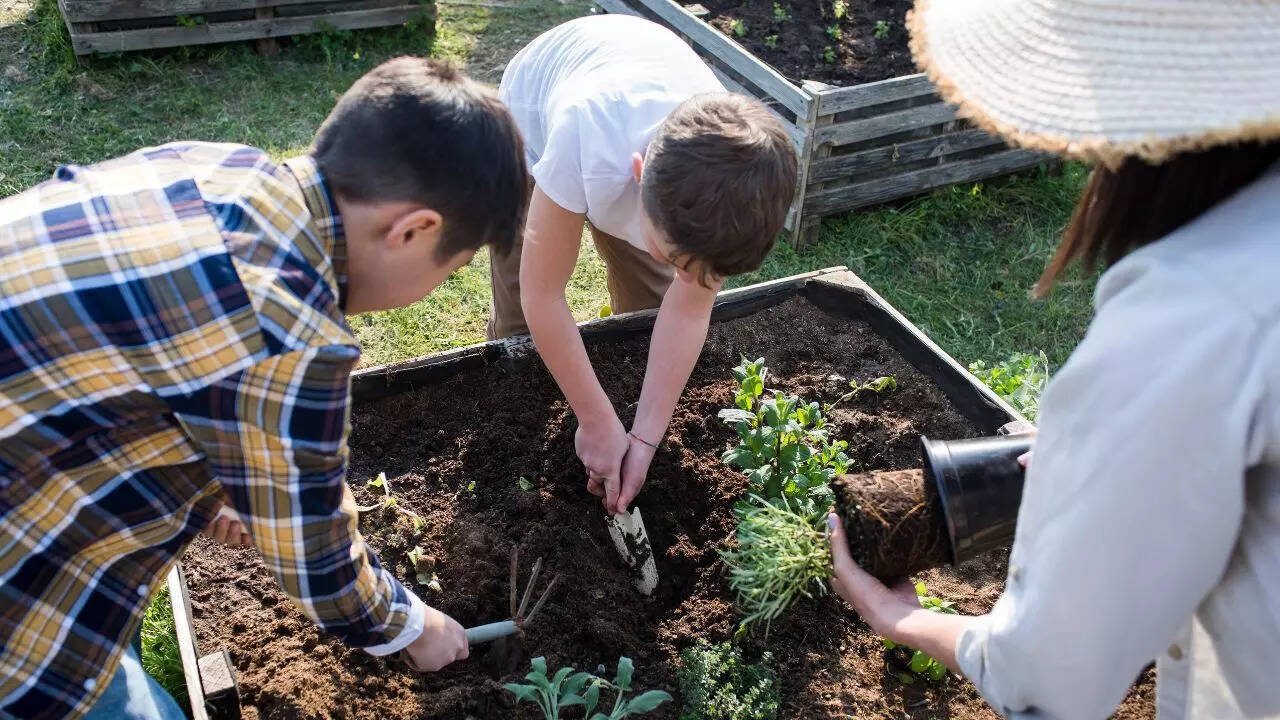The monsoon season breathes life into the earth, replenishing water sources and alleviating the intense summer heat. It's nature's signal to gardeners to embrace the opportunity to cultivate fresh produce. Abundant rainfall, softened soil, and moderate temperatures create an ideal environment for nurturing a thriving kitchen garden.
Whether you're an experienced home gardener or just starting out, the rainy season provides an excellent chance to grow your own food and experience the joys of gardening. As the monsoon rains nourish the soil, your garden will flourish with vibrant greens, crisp vegetables, and a spectrum of colorful flowers. It's an opportunity to reconnect with nature, get your hands dirty, and savor the satisfaction of harvesting your own crops. Each seed sown and every harvest reaped brings the simple joy of nurturing life and watching your garden thrive.

Here's a guide to help you establish a successful kitchen garden during the monsoon season:

Monsoon rains naturally loosen compacted soil, making it easier to till and aerate. Enhance soil fertility by mixing in organic compost, farmyard manure, or leaf mold. These materials decompose rapidly in the moist conditions, releasing essential nutrients such as nitrogen, phosphorus, and potassium.
Natural additives like neem cake or bone meal can further enhance nutrition and pest resistance. Before planting, assess soil drainage by filling a small hole with water; it should drain within 2-4 hours. For clay-heavy soil, add cocopeat or coarse sand to improve aeration and prevent waterlogging, ensuring healthy root development and a thriving kitchen garden.
Newer articles
Older articles
 Indian Astronaut Joins ISS: Shukla's Mission Ushers in New Era for India's Space Program
Indian Astronaut Joins ISS: Shukla's Mission Ushers in New Era for India's Space Program
 Ashada Gupt Navratri 2025: Unveiling Dates, Sacred Rituals & Hidden Significance
Ashada Gupt Navratri 2025: Unveiling Dates, Sacred Rituals & Hidden Significance
 Rishabh Pant's Unconventional Batting Redefining Cricket, Says Greg Chappell
Rishabh Pant's Unconventional Batting Redefining Cricket, Says Greg Chappell
 Moto G54 Price Slashed in India: Check Out the New, Lower Cost
Moto G54 Price Slashed in India: Check Out the New, Lower Cost
 JPG to PDF: A Graphic Designer's Guide to File Conversion and Quality Preservation
JPG to PDF: A Graphic Designer's Guide to File Conversion and Quality Preservation
 'The Traitors' Star Apoorva Mukhija Accuses Sudhanshu Pandey of Misogyny and Verbal Abuse After On-Screen Drama
'The Traitors' Star Apoorva Mukhija Accuses Sudhanshu Pandey of Misogyny and Verbal Abuse After On-Screen Drama
 Van der Dussen to Captain South Africa in T20I Tri-Series Against New Zealand and Zimbabwe
Van der Dussen to Captain South Africa in T20I Tri-Series Against New Zealand and Zimbabwe
 20 Minutes to a Healthier Brain and Heart: Neurologist's Simple Strategies to Combat Cholesterol, Blood Pressure, and Dementia Risk
20 Minutes to a Healthier Brain and Heart: Neurologist's Simple Strategies to Combat Cholesterol, Blood Pressure, and Dementia Risk
 England's Audacious Batters Claim They Could Have Chased Down 450 in First Test Win Over India
England's Audacious Batters Claim They Could Have Chased Down 450 in First Test Win Over India
 Popular Finance YouTuber "financewithsharan" Hacked: Security Measures to Protect Your Account
Popular Finance YouTuber "financewithsharan" Hacked: Security Measures to Protect Your Account